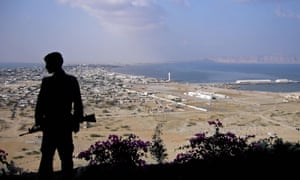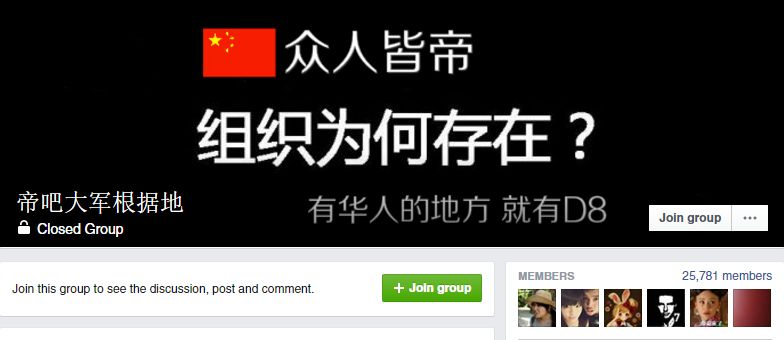Pakistan’s Hand in the Rise of International Jihad
Carlotta Gall, New York Times, February 7, 2016
TUNIS — PRESIDENT ASHRAF GHANI of Afghanistan has warned in several recent interviews that unless peace talks with Pakistan and the Taliban produce results in the next few months, his country may not survive 2016. Afghanistan is barely standing, he says, after the Taliban onslaught last year, which led to the highest casualties among civilians and security forces since 2001.
“How much worse will it get?” Mr. Ghani asked in a recent television interview. “It depends on how much regional cooperation we can secure, and how much international mediation and pressure can be exerted to create rules of the game between states.”
What he means is it depends on how much international pressure can be brought to bear on Pakistan to cease its aggression.
Critics of the Afghan leadership say it’s not Pakistan’s fault that its neighbor is falling apart. They point to the many internal failings of the Afghan government: political divisions, weak institutions, warlords and corruption.
But experts have found a lot of evidence that Pakistan facilitated the Taliban offensive. The United States and China have been asking Pakistan to persuade the Taliban to make peace, but Afghanistan argues that Islamabad has done nothing to rein in the Taliban, and if anything has encouraged it to raise the stakes in hopes of gaining influence in any power-sharing agreement.
This behavior is not just an issue for Afghanistan. Pakistan is intervening in a number of foreign conflicts. Its intelligence service has long acted as the manager of international mujahedeen forces, many of them Sunni extremists, and there is even speculation that it may have been involved in the rise of the Islamic State.








